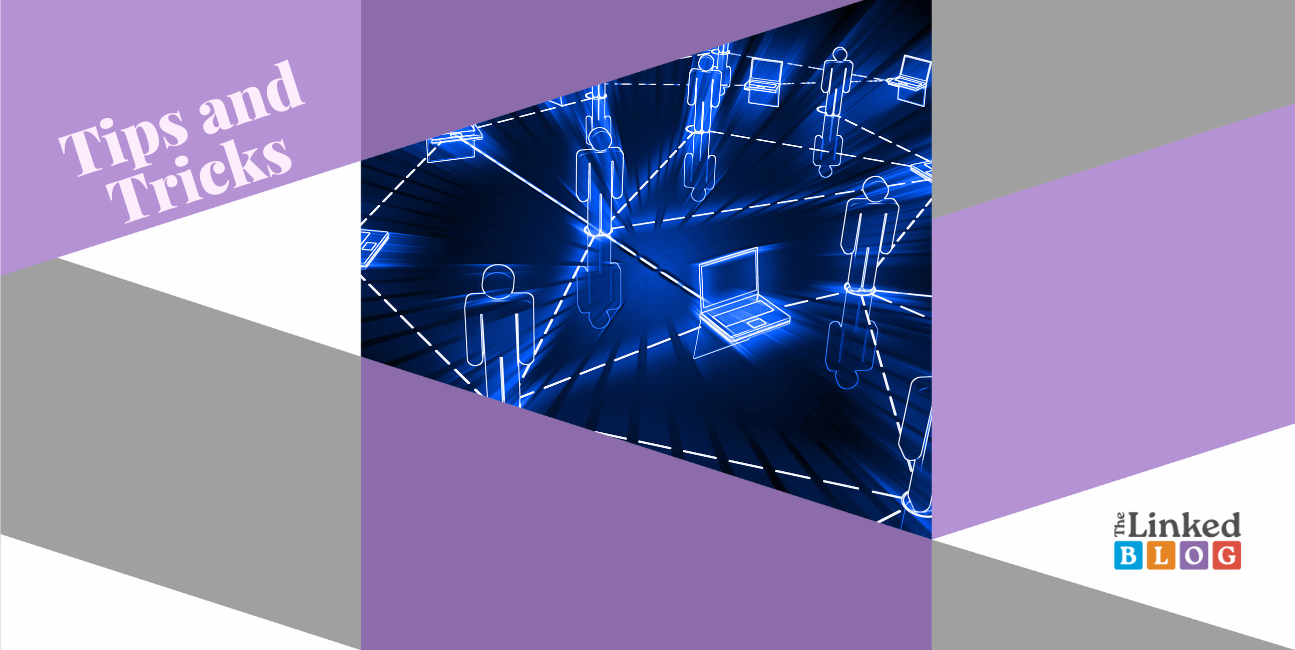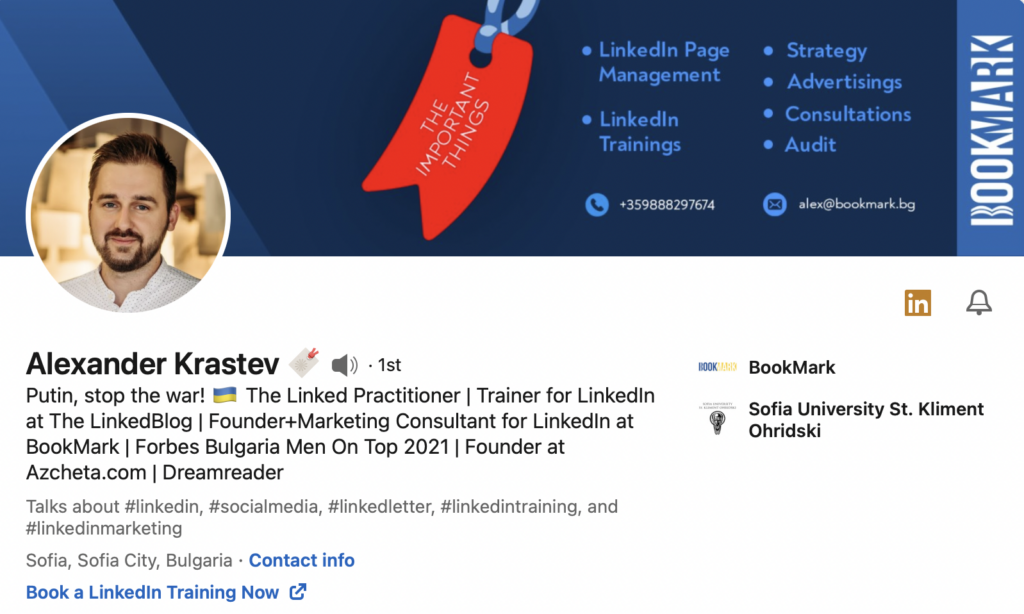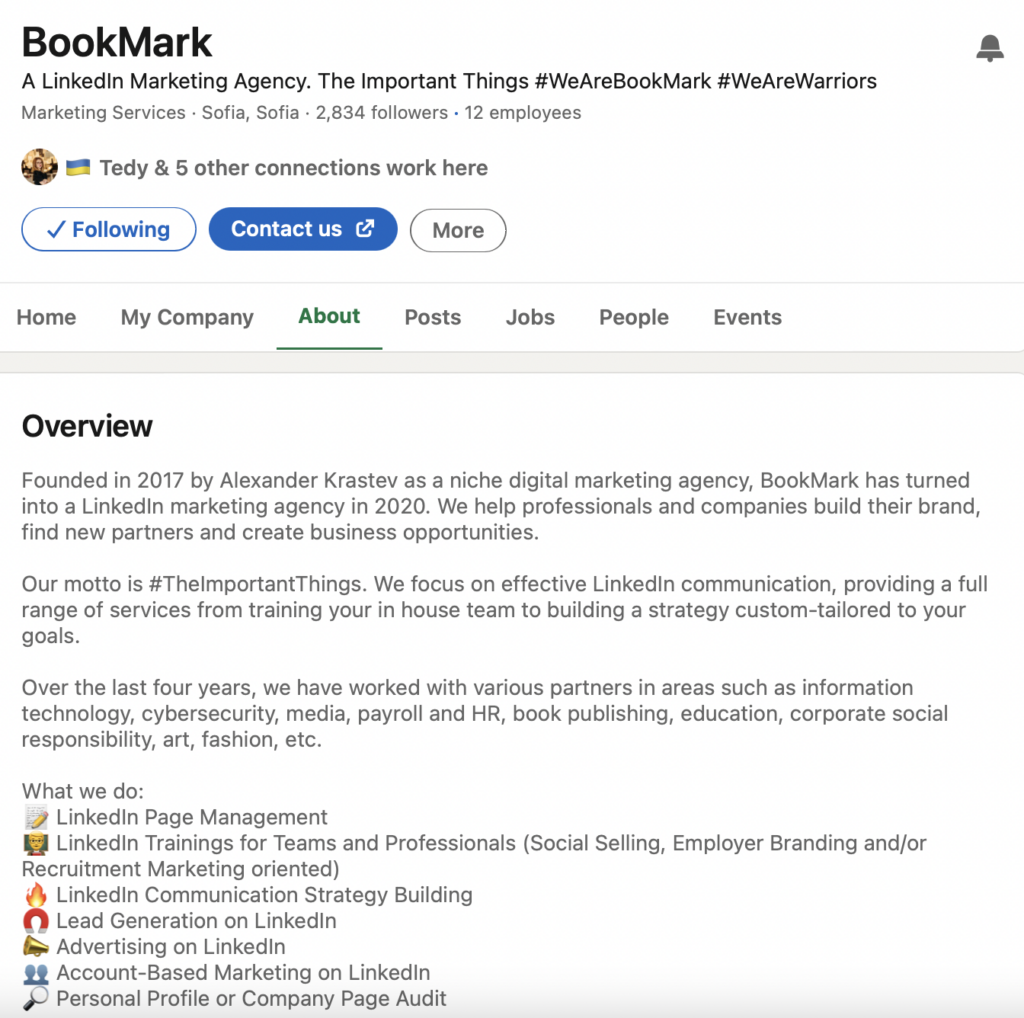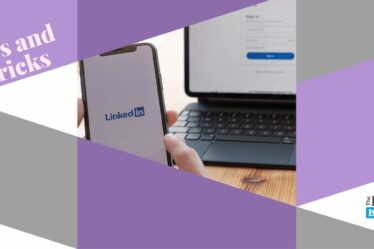
Many people need help to keep up the hard work of being active on LinkedIn. Most of the time, the main problem is that they just don’t know what to post, or maybe they don’t think anybody cares. This is the biggest mistake one could make, especially when we talk about audience expansion on LinkedIn. People go to LinkedIn when they are looking for personal and professional growth. They want to see some useful tips on how to be more productive or find an inspiring success story that lifts their mood. Of course, these examples are just a few of the many things one can look for on LinkedIn. As long as you are genuine with your audience, trust me, you will be appreciated.
In this article, we will provide you with 5 tips on expanding your LinkedIn audience. Here is what we cover:
Tip 1: Define Your Target Audience
Tip 3: Leverage Employee Networks
Here’s a quick overview of this article:
Tip 1: Define Your Target Audience
In order to define your target audience, you need to find out who your ideal customers are. Step into their shoes, think about what their everyday life looks like, what problems they have, and what they need to solve those problems. You might also look at their LinkedIn profile and see what they frequently post about – their profile is the storybook for their everyday life that will guide you to the best answers you are looking for.
After making a thorough research, you should tailor your content so that it meets their needs. This approach allows you to provide valuable insights, industry-specific knowledge, and solutions to the challenges they face. Whether it’s through thought-provoking articles, engaging videos, or informative infographics, catering to the interests and aspirations of your audience establishes you as a valuable thought leader within your industry. As you consistently deliver content that addresses their pain points and offers actionable advice, you’ll not only attract more followers but also foster meaningful connections and engagement within your LinkedIn network. Ultimately, by tailoring your content to the needs of your target audience, you can establish yourself as a trusted authority, expand your reach, and unlock new opportunities on LinkedIn.
Defining your target audience is a part of your overall LinkedIn Strategy. Here is an article where we listed all the steps you need to take in order to create a winning strategy.
Tip 2: Use Keywords
Utilize keywords strategically to enhance your visibility in search results on LinkedIn. Incorporating relevant keywords in your posts, profile, and company description is vital for attracting the right audience and increasing your chances of being discovered by professionals searching for specific topics or expertise. When crafting your posts, be mindful of incorporating keywords naturally within the content to optimize their searchability.
Additionally, optimizing your profile by including keywords in your headline, summary, and experience sections can significantly boost your chances of appearing higher in search rankings.

Furthermore, don’t forget to infuse keywords into your company description to attract potential clients, partners, or job seekers who are looking for businesses or organizations like yours. By strategically using keywords across different elements of your LinkedIn presence, you can enhance your visibility and attract the attention of individuals interested in your expertise.

The effective use of keywords on LinkedIn goes beyond mere visibility; it also contributes to establishing your professional credibility. By incorporating industry-specific keywords related to your skills, experience, and achievements, you signal to others that you possess the knowledge and expertise they are seeking. This can lead to increased trust and credibility among your connections, as well as opportunities for collaboration, networking, and career advancement. Moreover, when your profile and posts align with relevant keywords, it becomes easier for recruiters, hiring managers, and potential clients to identify you as a valuable asset. Consequently, leveraging keywords effectively on LinkedIn not only improves your discoverability but also positions you as a qualified professional within your field, ultimately opening doors to new opportunities and professional growth.
Tip 3: Leverage Employee Networks
Leverage your employees’ networks to expand your reach and enhance your brand’s presence on LinkedIn. Encouraging your employees to share company updates with their personal networks can have a significant impact on increasing visibility and engagement. By transforming your employees into brand ambassadors, you tap into their connections and extend the reach of your content to a wider audience. When employees share updates, articles, or job postings, it not only amplifies your company’s message but also adds a sense of authenticity and credibility. Their connections are more likely to engage with content shared by someone they know and trust, leading to increased visibility, engagement, and potential business opportunities for your company.
Transforming employees into brand ambassadors on LinkedIn can foster a culture of collaboration and engagement within your organization. Encouraging and empowering employees to actively participate in promoting the company’s updates and initiatives not only strengthens their connection to the brand but also showcases the collective expertise and talent within your organization. This approach not only benefits the company’s overall LinkedIn presence but also helps in attracting top talent, as prospective employees will be able to witness the enthusiasm and engagement of your team. By leveraging employee networks, you tap into a powerful resource that can extend your reach, boost brand credibility, and ultimately lead to increased business opportunities and growth.
Here is an example from Ally, where she shares a job opening at BookMark with added value through her experience in the company.
Tip 4: Run LinkedIn Ads
Run ads on LinkedIn to expand your audience and increase brand visibility. Sponsored content allows you to promote your valuable content to a targeted audience beyond your existing connections. By using LinkedIn’s powerful targeting options, you can reach professionals based on specific criteria such as industry, job title, location, skills or interests. This level of precision ensures that your content reaches the right individuals who are most likely to be interested in your offerings. Running sponsored content not only increases the visibility of your brand but also generates higher engagement by putting your content in front of a larger and more relevant audience.
In addition to expanding your audience, running sponsored content on LinkedIn provides valuable insights and analytics to optimize your marketing efforts. Through LinkedIn’s Campaign Manager, you can track metrics such as impressions, clicks, and conversions, allowing you to measure the effectiveness of your sponsored content campaigns. This data enables you to refine your targeting, optimize your messaging, and allocate your advertising budget more efficiently. By analyzing these insights, you can continuously improve your ads strategy, ensuring that you’re reaching the right audience, delivering compelling content, and achieving your desired marketing objectives.
Tip 5: Measure and Analyze
The 5th tip emphasizes the importance of measuring and analyzing the performance of your LinkedIn efforts to refine your strategy and maximize your impact. By utilizing analytics tools provided by LinkedIn, you gain valuable insights into the success of your posts, audience engagement, and the resonance of different topics. Measuring key metrics allows you to identify which posts perform well and resonate with your audience. This information empowers you to make data-driven decisions and adjust your content strategy accordingly.
Know Your LinkedIn Ads Audience With Campaign Manager Insights
Tracking and analyzing your LinkedIn analytics also provides a deeper understanding of your audience’s preferences and interests. By identifying the topics and types of content that generate the most engagement, you can tailor your future posts to meet their needs and interests. Additionally, analyzing audience demographics, such as location and industry, can help refine your targeting and ensure that your content is reaching the right people. Regularly measuring and analyzing your LinkedIn performance enables you to optimize your content strategy, enhance audience engagement, and ultimately achieve your marketing goals with greater precision and effectiveness.
This article was inspired by The 5 Circles of LinkedIn, a concept created by BookMark. You can learn more about the concept in this article.
The Linked Blog is here to help you or your brand have the best possible LinkedIn presence, so feel free to contact us if you need help! See more about what we can do for you here.



